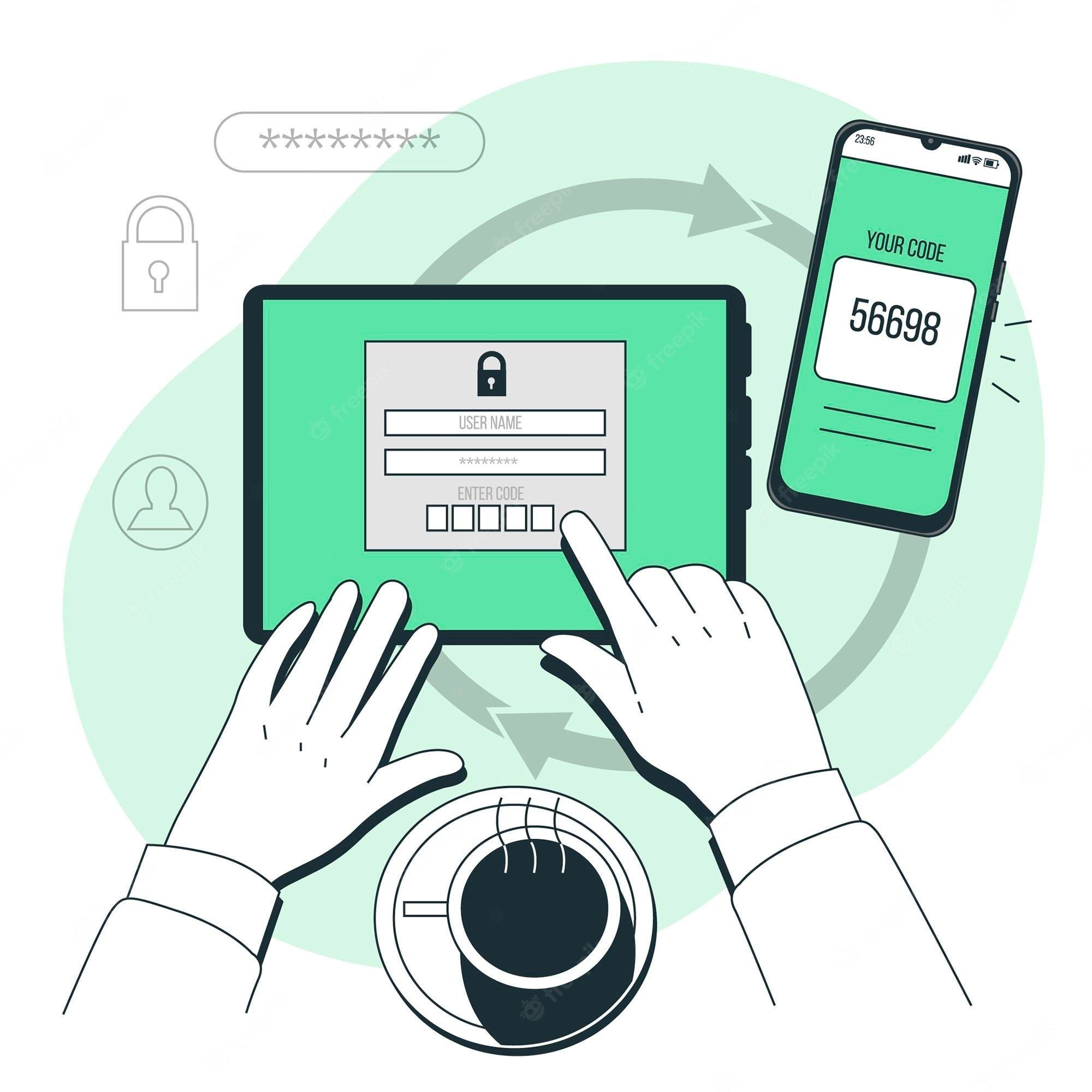
When you sign up for a SaaS product, you usually supply your email address and password as an identity. But even then, the danger of getting hacked is always lurking around. How can we protect our user account and its data? That’s where two-factor authentication comes in handy. Also known as 2FA, two-factor authentication is an excellent way to keep your SaaS product account secure and reduce the risk of hackers accessing it. What is Two-Factor Authentication? The principle behind two-factor authentication is simple: Anybody who wants to log in or sign up on a website must provide something they know (e.g., a password) and something they have (e.g., a personal token).
What You Should Know About Two-Factor Authentication
The basic idea behind two-factor authentication is to provide a second layer of security beyond the standard username and password login. This extra layer of security makes it more difficult for hackers and malicious users to break into your account because they would need to acquire both your login information and your two-factor authentication token, usually sent to you via text message. This means that even if someone gets ahold of your password, they can’t log into your account unless they also have your phone. Two-factor authentication can be done with several different methods, including an app like Google Authenticator or SMS or an authentication app like Authy or SecureKey. The most secure method would be to use a hardware token, which many organisations will use along with a software token as a backup in case the primary token fails.
Why is Two-Factor Authentication Important?
Once you enable two-factor authentication, a malicious user must have your smartphone in hand to log in to your account or sign up on your website. The only way they can do that is if they hack your device. But if you have a strong password and a reliable security solution, even that becomes difficult for hackers. Moreover, two-factor authentication is not just about having a strong password. It also allows you to personalise your product experience. For example, you might want to use two-factor authentication to log into your email account and still receive VIP emails from your bank. With two-factor authentication, you can select which emails to receive and which ones to skip.
How to Enable Two-Factor Authentication for SaaS Products
To get started with two-factor authentication, follow these steps: — First, identify the services you want to protect with two-factor authentication. These could be email accounts, your team collaboration tool, your CRM, or your SaaS product. — Next, find out if each service supports two-factor authentication and sign in to each account to enable it. — Finally, install a two-factor authentication app on your smartphone. Google Authenticator is a popular choice and is available for both Android and iOS.
2FA Protocols You Should Know
- SMS: Short Message Service (SMS) is a communication method to transfer plain-text information between handheld mobile devices, computer systems, and special-purpose data communication systems. SMS authentication requires users to enter a verification code sent to their phone after entering their login credentials. Unfortunately, SMS is not a secure option and is vulnerable to hackers who may be able to intercept the code and log in to your account.
- OTP/Authenticator App: One-time password (OTP) is a system that uses an algorithm to generate a new sequence of characters (the “password”) for each use. A token device like Google Authenticator usually generates OTP. OTP is a very secure authentication method.
- Push/App: Push authentication (or app authentication) is a type of multi-factor authentication (MFA) where a user is authenticated by logging in with a username and password on a computer or smartphone application. Push authentication is convenient but less secure than other methods of authentication.
2FA is a Must for All SaaS Products.
All modern SaaS products should offer two-factor authentication as standard. It’s simply a necessity in the age of rampant password breaches. One of the most high-profile breaches occurred in 2013 when hackers breached Adobe’s systems and stole millions of user login details. It was a colossal event. But even today, some breaches can affect you and your SaaS product. Once you’ve enabled two-factor authentication, you must ensure that users don’t forget their login information and two-factor tokens. Use push notifications to remind users to input the authentication code from their tokens.
List of essential SaaS products and links to how to enable 2FA.
For everyone:
- Apple ID: https://support.apple.com/en-us/HT204915
- Google accounts: https://support.google.com/accounts/answer/185839
- Instagram: https://help.instagram.com/566810106808145
- Microsoft accounts: https://support.microsoft.com/en-us/account-billing/how-to-use-two-step-verification-with-your-microsoft-account-c7910146-672f-01e9-50a0-93b4585e7eb4
For Entrepreneurs:
- Zoom: https://support.zoom.us/hc/en-us/articles/360038247071-Managing-two-factor-authentication-2FA-
For Developers:
- Discord: https://support.discord.com/hc/en-us/articles/219576828-Setting-up-Two-Factor-Authentication
- Postman: https://support.postman.com/hc/en-us/articles/115003693585-How-to-enable-two-factor-authentication
Concluding Thoughts
A SaaS product is only as secure as its login system. Ideally, you should use an authentication solution with strong two-factor authentication capabilities. This will protect your users from hackers and malicious actors, who usually try to log into your user accounts with their email and password. You must take extra steps to protect your login system with two-factor authentication. With two-factor authentication activated, anybody who wants to log in to your product account must have something they know (i.e., their password) and something they have (e.g., a personal token). Our digital world is increasingly becoming insecure, and we must do everything possible to protect ourselves. Two-factor authentication is a simple but effective way to prevent most attempts to log into your accounts.


